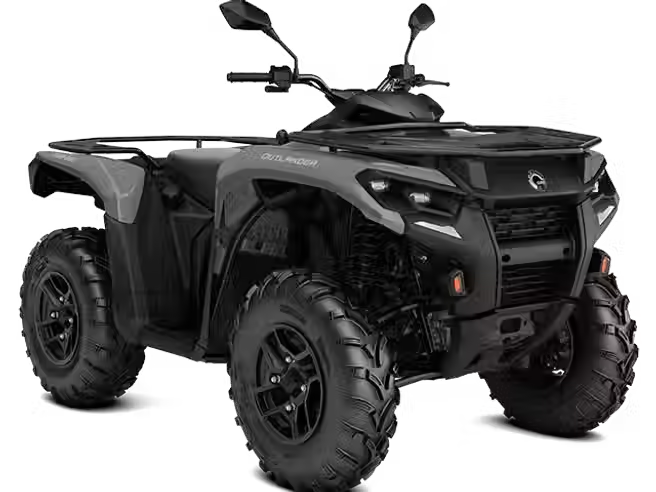stone burier in soil prep
- Beckside Machinery

- Oct 22, 2020
- 2 min read

In the preparation of fields for planting of agricultural crops, the aim of soil preparation is to bury a crop residue and weeds from a previous crop, loosen the soil, and supply an appropriate tilth for the crop to be planted. Many crops require relatively small soil particles on the uppermost layer of the soil, at a depth of a couple of centimeters to tens of centimeters from the surface, this being the depth at which the seed for the crop is sown.
Conventional methods of soil preparation include a primary cultivation and a secondary cultivation. within the primary cultivation, crop residue from the previous crop, and weeds are buried within the soil, and within the secondary cultivation, an uppermost layer of the soil is weakened into relatively small sized particles.
The most popular compact tractor attachments for completing the first cultivation for many years has been the traditional plough. The plough inverts the soil, giving excellent burial of surface residues. However, there are disadvantages with the traditional plough. Firstly, because the soil is in touch with the plough share, mould board and skimmer, there are high levels of friction in drawing the plough through the soil. Where the plough is towed by a wheeled compact tractor , because the force necessary to tug the plough is transmitted to the bottom through the Branson Tractors wheels, there may occur wheel slippage in wet conditions, which causes the soil underneath the Kioti Tractor wheels to smear and compact, within the bottom of the furrow. The smeared and compacted soil impedes drainage from the furrow.
Secondly because a plough body turns soils over into an area left by a preceding plough body, it's impossible to start out at one side of a field and workout and down a field, without the utilization of a reversible plough which features a set of left mould boards for ploughing down a field in one direction, and another opposite set of mould boards for ploughing up the sector in an other way .
The reversible plough is dear , and has the operational complication of switching between mould boards for ploughing in several directions.
A third problem with the traditional plough is that as compact tractor s increase in size, farmers require ploughs with more furrows. As each furrow must be staggered on the plough frame, the entire length of the plough frame becomes unmanageable.
Once the first cultivation of the land has been completed by ploughing, the secondary cultivation is administered on the soil structure let by the plough. Compact tractor attachments for secondary cultivation include trailed or powered harrows, which break clods by striking, cutting or crushing, to scale back clod size and consolidate the seed bed.
What’s useful is a stone burier under finer soil to reclaim stony land. The stone burier uses a vibrating sieve to grade the stones. However, the machine doesn't cultivate the soil in thus far because the soil isn't choppy into smaller particles.
A stone burier is good for the preparation of farmland. These compact tractor attachments for sale breakthe soil like by means of a hammer mill, a shaker and a toothed cylinder respectively. However, in each case objectionable material, like stones, is conveyed to a dump box or the likes of .



Comments